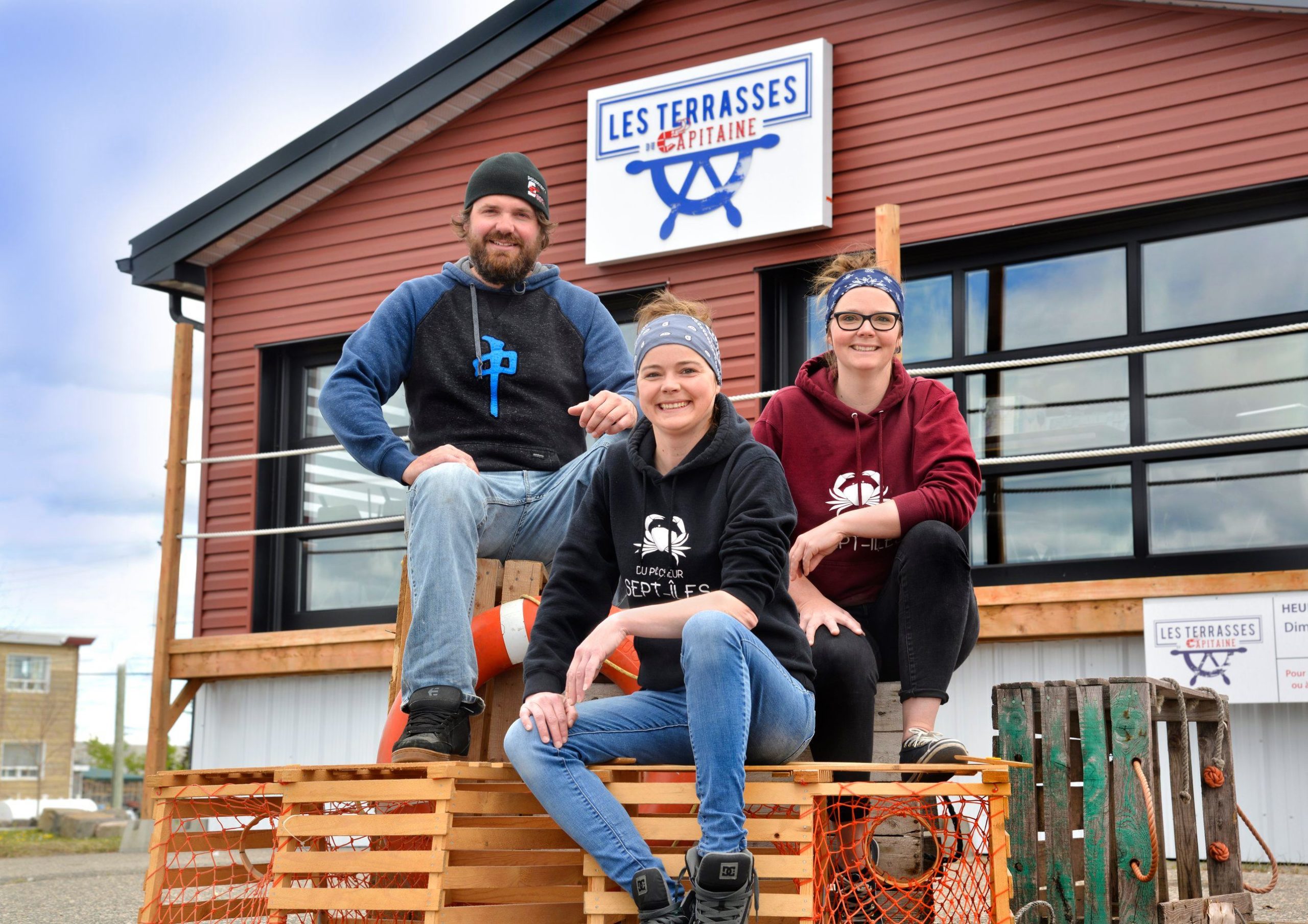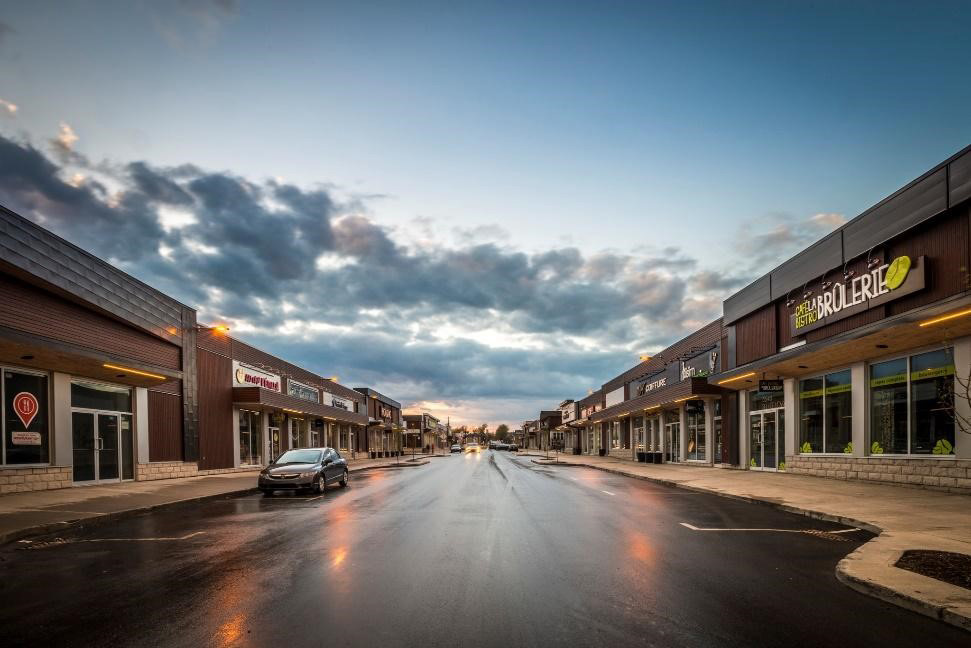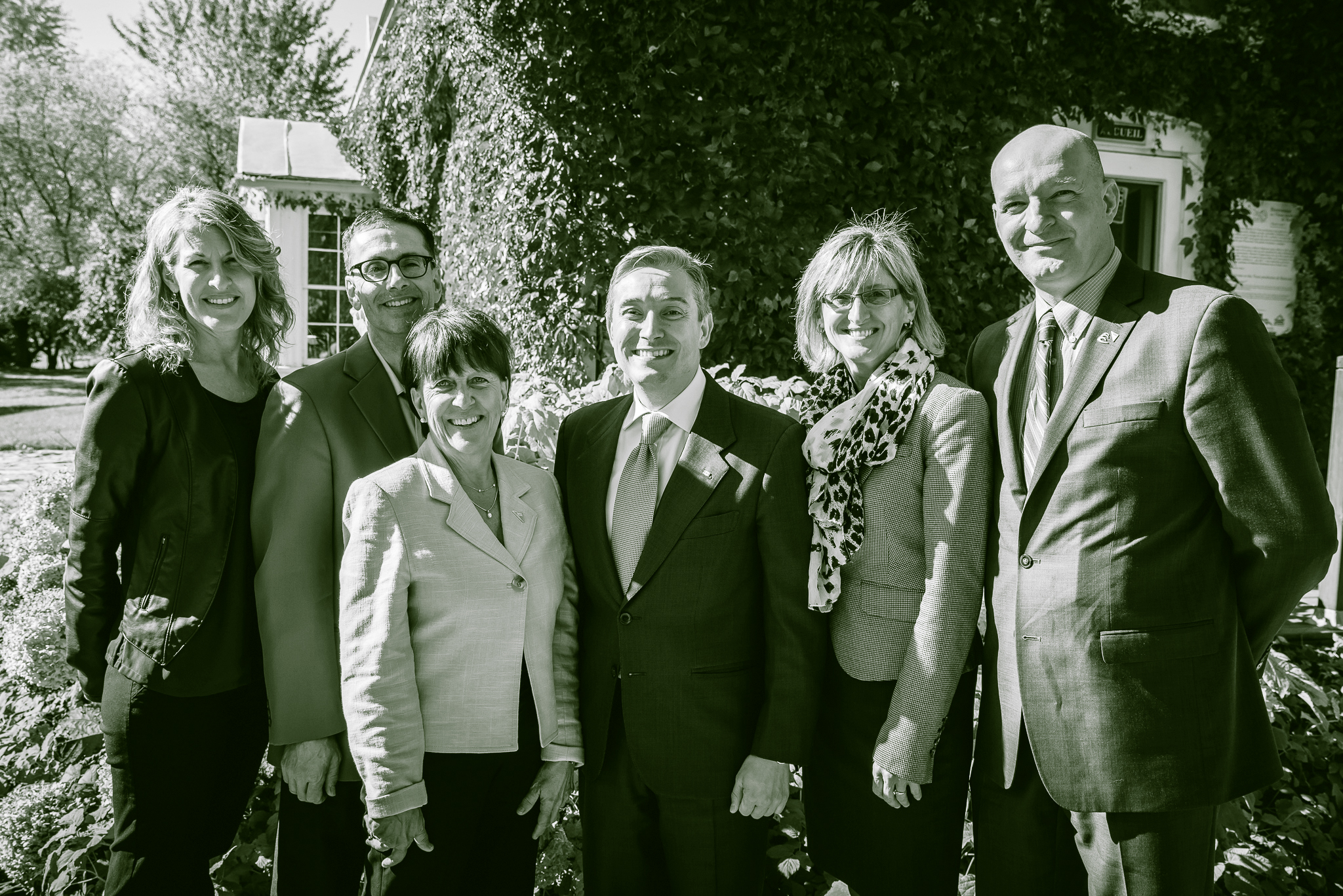Quebec, April 14, 2025 – At a time when several organizations supporting entrepreneurs are facing budget cuts, leaving many businesses without essential support, the Réseau des SADC et
CAE wants to reaffirm its presence, strategic role, and unwavering commitment to entrepreneurs across Quebec.
For over 40 years, we have been actively contributing to the economic vitality of regions by providing funding, guidance, and strategic support to businesses. The dramatic impacts of budget cuts to the organization Espace-inc directly concern us: it highlights the current fragility of the entrepreneurial ecosystem and the vital importance of stable and accessible assistance.
“In this rather bleak period for some of our strategic partners, I want to reiterate my support and solidarity so they can continue to be part of the solution for thousands of businesses in Quebec. Entrepreneurs are the real wealth creators, and we must support them,” affirms Pascal Harvey, President and CEO of the Réseau des SADC et
CAE.
An essential complementarity among economic actors
Each support organization plays a unique and complementary role. The Réseau des SADC et
CAE firmly believes in the importance of a diverse and solid entrepreneurial ecosystem, where the strengths of each combine to better support the growth of businesses. Our organizations, with their regional roots, local expertise, and ability to offer personalized and tailored support, form an essential link in this chain.
Entrepreneurs must be able to rely on a varied range of services: incubators, accelerators, funding organizations, and mentoring, each providing invaluable value. The current budget cuts jeopardize this balance and increase the risk of isolation for entrepreneurs, particularly those operating in remote areas far from major centers.
Now more than ever, entrepreneurs can count on us
In this uncertain context, the Réseau des SADC et
CAE wishes to reassure entrepreneurs: we remain true to our mission of supporting entrepreneurship and local economic development. Our 57 SADC and 10 CAE, present throughout Quebec, continue to:
- Provide flexible funding tailored to the real needs of SMEs.
- Personally guide entrepreneurs through all stages of their journey.
- Encourage innovation, digital transformation, green initiatives, and the transfer of local businesses.
Our commitment is more firm and renewed than ever. We will continue to collaborate with all partners in the ecosystem to ensure that entrepreneurs have crucial service continuity essential for their success. To all entrepreneurs: we are here, and we will remain here.
About the Réseau des SADC et CAE
The 57 SADC (Community Development Assistance Societies) and 10 CAE (Business Assistance Centers) have been working for over 40 years on the economic development of their communities. The Réseau des SADC et CAE boasts over 1,000 professionals and volunteers who support and finance more than 10,000 entrepreneurs and 1,500 local economic development projects each year. The SADC and CAE provide personalized and sustained assistance to entrepreneurs, along with flexible funding products tailored to their needs.
Economic Development Canada for the Quebec Regions financially supports the SADC and CAE.
CONTACT INFORMATION:
Christine Pilote, Communications Director | Réseau des SADC et CAE | Tel: 581 999-6363 | [email protected]












